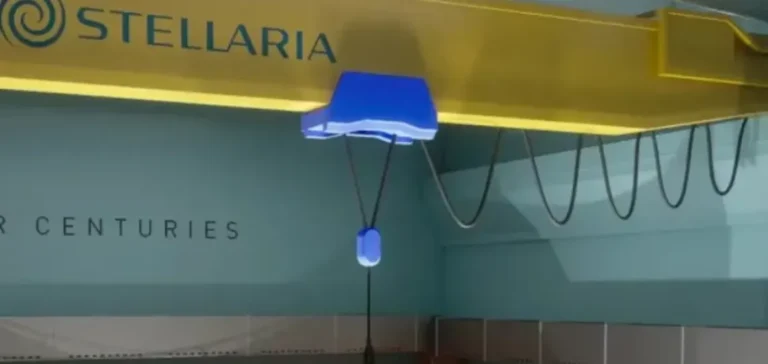French start-up Stellaria, a spin-off from the Commissariat à l’énergie atomique et aux énergies alternatives (CEA) and Schneider Electric, has announced a €23mn ($25.2mn) fundraising round to develop a prototype fast neutron molten salt reactor. This follows a previous successful round in 2023 and brings the total secured funding to €33mn ($36.2mn), including €10mn ($10.9mn) obtained through the France 2030 programme.
The round was led by US-based impact fund At One Ventures and French fund Supernova Invest, joined by Stellaria’s historical investors CEA Investissement, Schneider Electric, Exergon, and Technip Energies. The capital will support Stellaria in completing the technical and regulatory studies needed to submit a Demande d’Autorisation de Création (DAC) for a Base Nuclear Installation (INB).
Target: first fission by 2029
Founded in 2023, Stellaria is developing the Stellarium, a fourth-generation reactor capable of operating in a closed fuel cycle using molten salt technology and nuclear isogeneration. The reactor is designed to be self-sustaining for over twenty years while significantly reducing long-lived nuclear waste. The company plans to achieve its first nuclear reaction in 2029, with industrial commercialisation expected by 2035.
The funding will enable Stellaria to double its workforce, expand its research capabilities in Grenoble, and strengthen its scientific collaborations. An industrial demonstrator will be built to validate the reactor’s performance, with a liquid-core fast neutron design seen as a potential substitute for fossil-fuel power plants in energy-intensive industries.
Investors bet on flexibility and competitiveness
Laurie Menoud, partner at At One Ventures, stated that Stellaria “is addressing the key technical and economic bottlenecks of nuclear energy.” She highlighted “passive safety,” “low CAPEX,” and “rapid scaling” as decisive investment factors. François Breniaux, General Partner at Supernova Invest, stressed the technology’s ability to “meet the needs for stable, long-term energy pricing and high power for electro-intensive industries.”
Among other industrial backers, Schneider Electric and Technip Energies reaffirmed their commitment to supporting the project through to industrial scale-up. Stakeholders expect rising demand, particularly for applications such as data centres and zero-emission hydrogen production.
Giuseppe Sangiovanni, co-founder of the Exergon fund, praised the company’s progress since its first funding round and believes the project “can meet growing demand for dispatchable, low-carbon electricity at both European and international levels.” Stellaria was advised by law firm Yards and Optiva Capital for the transaction.






















